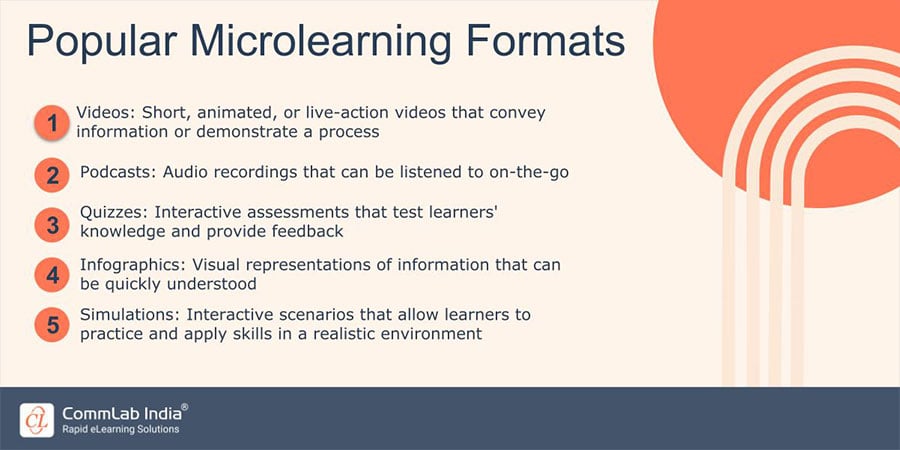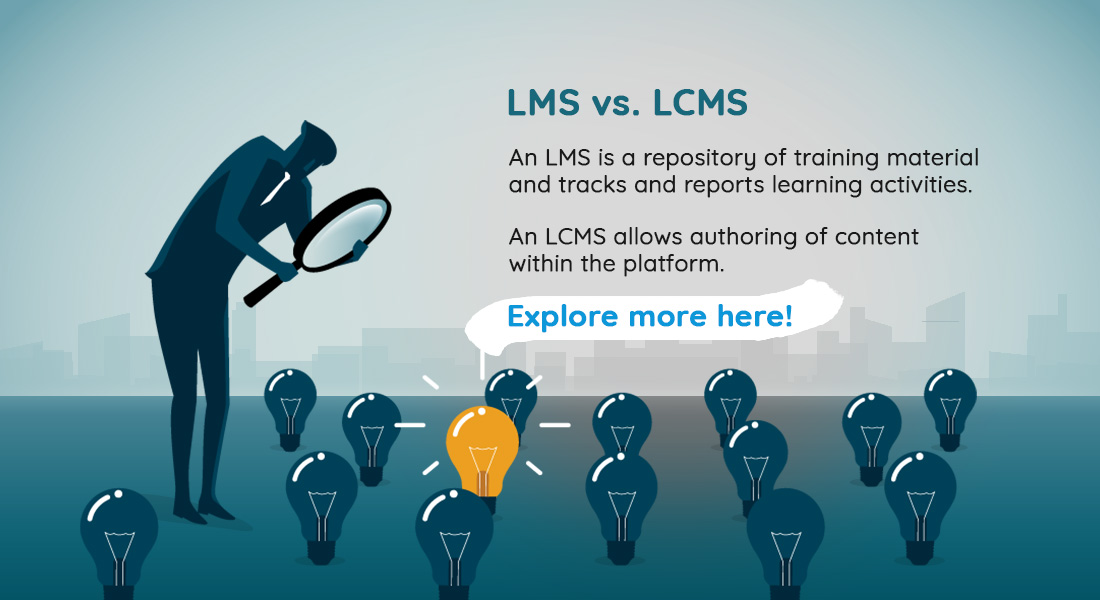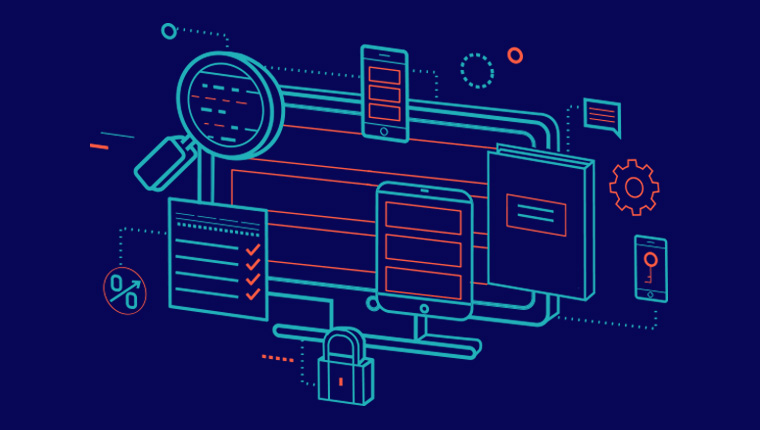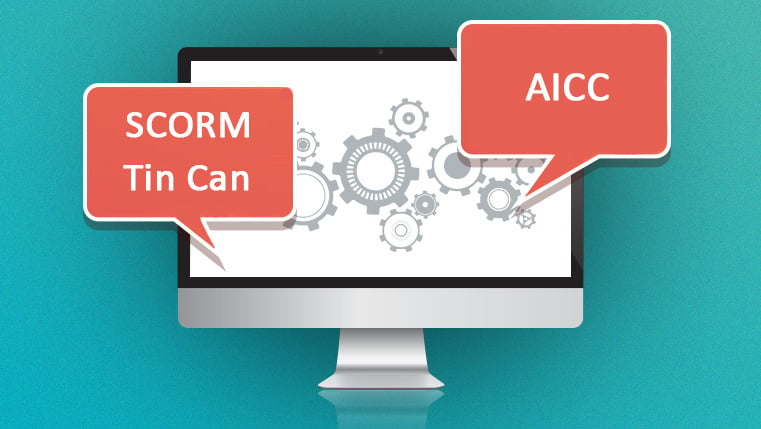What is an LXP and How It Can Transform Your Corporate Learning Experience

As businesses and organizations continue to grow and evolve, the need for continuous learning and development becomes increasingly essential. That’s where Learning Experience Platforms (LXPs) come in – a technology solution that helps companies deliver personalized and engaging learning experiences to their employees. Basically, The LXP is like the cool kid who shows up to school with a new skateboard and a leather jacket, while the LMS is like the dorky kid with the pocket protector and the slide rule. In this blog, we’ll dive into what an LXP is, how it helps corporate organizations and businesses, a few practical examples of its implementation, challenges in implementation, and best practices to follow.
You Must Have Heard About an LMS, But Are You Aware of What an LXP is?
An LXP, or Learning Experience Platform, is a next-generation e-learning platform that uses artificial intelligence and data analytics to deliver personalized learning experiences to employees. Think of it like the cool younger sibling of your old conventional LMS.
What is an LXP?
So, what exactly is an LXP? An LXP, or Learning Experience Platform, is a next-generation eLearning platform that uses artificial intelligence and data analytics to deliver personalized learning experiences to employees. Unlike traditional Learning Management Systems (LMSs), which focus on compliance training and tracking employee progress, LXPs offer a more learner-centric approach. Think of it like Netflix of eLearning and Corporate Training. Some of the popular LXPs today are Udemy Business, Learnerbly, and 360Learning.
The platform tailors learning experiences based on individual employee needs and interests, enabling them to learn at their own pace, in their preferred style, and from anywhere in the world. Some key features of an LXP include personalized learning paths, social learning, AI-driven recommendations, mobile compatibility, and content curation. All of these features combine to make the learning experience engaging, interactive, and fun.
Here’s a video to help you choose between an LMS and an LXP.
How Does an LXP Help Corporate Organizations and Businesses?
Now that we have a clear understanding of what an LXP is, let’s explore how it helps corporate organizations and businesses.
1. Improves Employee Engagement
LXPs improve employee engagement by providing personalized learning paths, social learning, and gamification. When employees feel that they are learning in a way that is tailored to their individual needs, interests, and preferences, they are more likely to engage with the learning content. Social learning, where employees can interact and collaborate with each other, helps foster a sense of community and belonging, which in turn improves employee satisfaction. Gamification adds a fun and competitive element to learning, making it more enjoyable and motivating for employees.
2. Enhances Knowledge Retention
LXPs enhance knowledge retention by offering microlearning and bite-sized content. Microlearning is a learning method that involves delivering small, bite-sized pieces of information that employees can consume quickly and easily. This method ensures that employees don’t feel overwhelmed by the amount of information they need to learn, making it easier to remember and retain. Bite-sized content is another way to ensure that employees can learn quickly and easily. This type of content is delivered in short bursts and can be consumed on the go, making it perfect for employees who are always on the move.

3. Enables Easy Upskilling and Reskilling
LXPs enable upskilling and reskilling by providing AI-driven recommendations, mobile compatibility, and content curation. With AI-driven recommendations, the platform can suggest learning content based on an employee’s past performance, interests, and learning goals. Mobile compatibility allows employees to learn on the go, no matter where they are in the world. Content curation ensures that the learning content is relevant, up-to-date, and high-quality, making the learning experience valuable for employees.
→ Download eBook Now: eLearning Trends 2023
Practical Examples of LXP Implementation
- IBM launched an LXP in 2020 to help its employees learn new skills and stay competitive in the fast-changing technology industry. The platform offers personalized learning paths, social learning, and gamification, and has received positive feedback from employees.
- Walmart launched an LXP in 2019 to upskill its workforce and improve employee engagement. The platform offers microlearning, mobile compatibility, and content curation, and has helped Walmart employees feel more confident and motivated in their work.
- Ernst & Young launched an LXP in 2018 to enhance its learning and development program. The platform offers personalized learning paths, AI-driven recommendations, and social learning, and has been a huge success for the company.
Challenges While Implementing an LXP
Challenges in implementing an LXP include a lack of employee engagement, inadequate content, and integration with existing systems. To ensure a successful LXP implementation, it’s important to follow best practices. These include involving stakeholders in the decision-making process, selecting the right vendor and platform, developing a content strategy, promoting the platform to employees, and monitoring usage and feedback.
1. Resistance to change
One of the biggest challenges in implementing an LXP is getting employees to engage with the platform. Employees may be resistant to change, or may not see the value in using the LXP. To address this challenge, organizations should communicate the benefits of the LXP, involve employees in the decision-making process, and provide incentives for using the platform.
2. Inadequate content
Another challenge that organizations may face is inadequate content. LXPs rely on high-quality content to provide effective learning experiences for employees. If the content is not engaging, relevant, or up-to-date, employees may lose interest in the LXP. To address this challenge, organizations should focus on creating or curating high-quality content that meets the specific needs of their workforce.
3. Integration with existing systems
Finally, integrating an LXP with existing systems can be a challenge. Organizations may use multiple systems for managing learning, such as a learning management system (LMS) or a human resources information system (HRIS). Integrating these systems with the LXP can be complex and time-consuming. To address this challenge, organizations should ensure that the LXP can integrate with their existing systems, and work with vendors to streamline the integration process.
Best Practices for LXP Implementation
1. Define clear learning objectives
This involves identifying the skills and knowledge that employees need to develop, and setting measurable goals for the LXP to achieve. By defining clear learning objectives, organizations can ensure that the LXP aligns with their overall business strategy and addresses specific learning gaps.
2. Conduct a thorough needs analysis
This involves gathering data on employee performance, skills gaps, and other factors that impact learning. By conducting a needs analysis, organizations can ensure that the LXP is tailored to the specific needs of their workforce.
3. Identify and engage stakeholders
It’s important to identify these stakeholders and engage them in the decision-making process. This involves communicating the benefits of the LXP and involving stakeholders in the selection, implementation, and evaluation phases.
4. Select the right LXP vendor
Organizations should conduct thorough research, evaluate different vendors, and select a vendor that aligns with their specific needs and goals. The vendor should provide a user-friendly platform, personalized learning paths, and AI-driven recommendations. Here are the basic features an LXP should necessarily have –
5. Evaluate the success of the LXP implementation
This involves monitoring usage, collecting feedback, and measuring the impact on employee performance and business outcomes. By evaluating the success of the LXP implementation, organizations can identify areas for improvement and make data-driven decisions for future training initiatives.
Wrapping Up!
An LXP is a powerful tool for corporate organizations and businesses looking to improve employee engagement, knowledge retention, and upskilling/reskilling. With its personalized learning paths, social learning, and AI-driven recommendations, an LXP can provide employees with a fun, interactive, and effective learning experience. With the right approach, an LXP can help companies stay competitive and drive employee satisfaction and success. LXP being one of the popular eLearning trends, its necessary to explore other trends as well, and to help you with that, here’s a free eBook. Grab your copy now!





